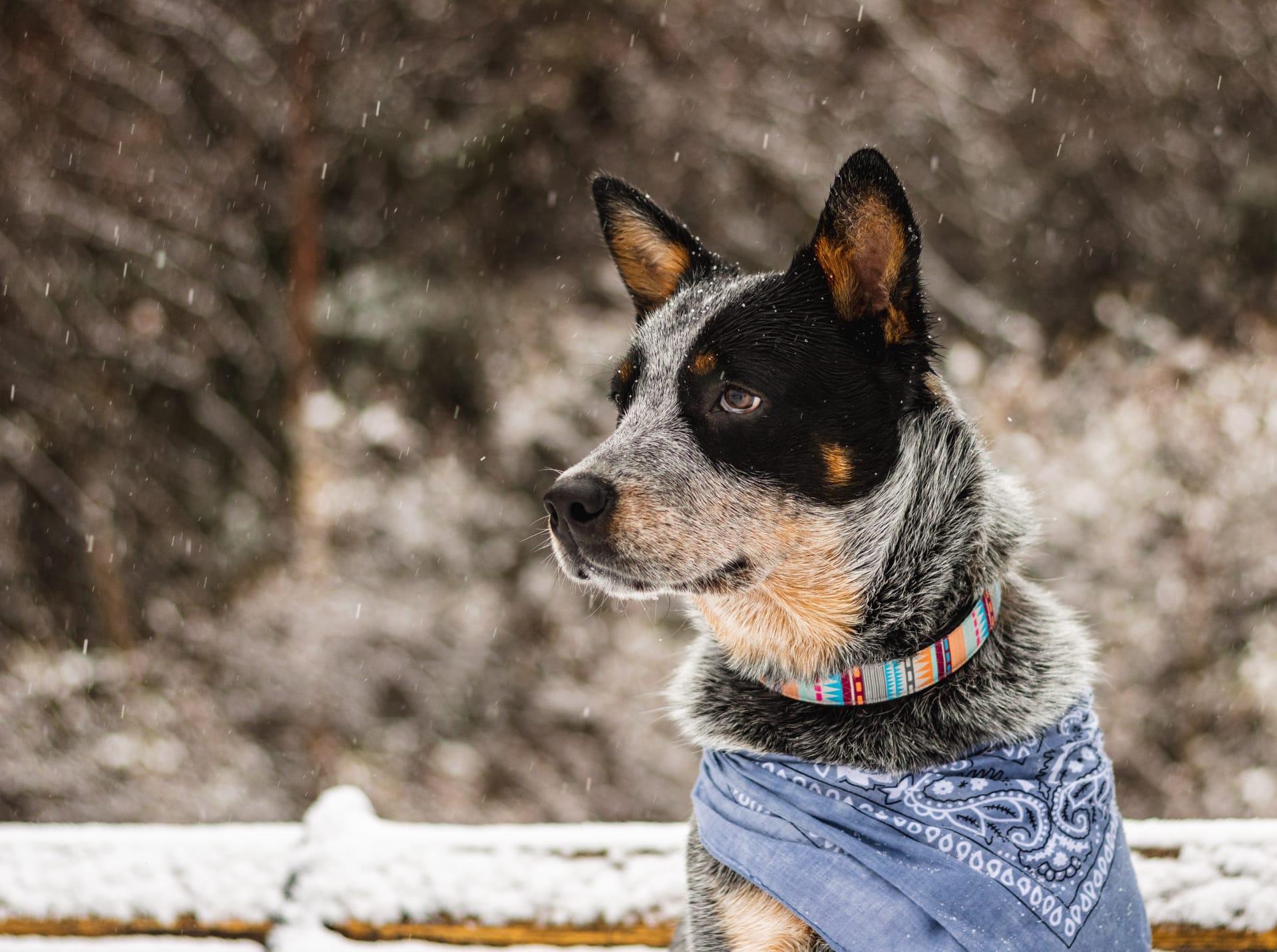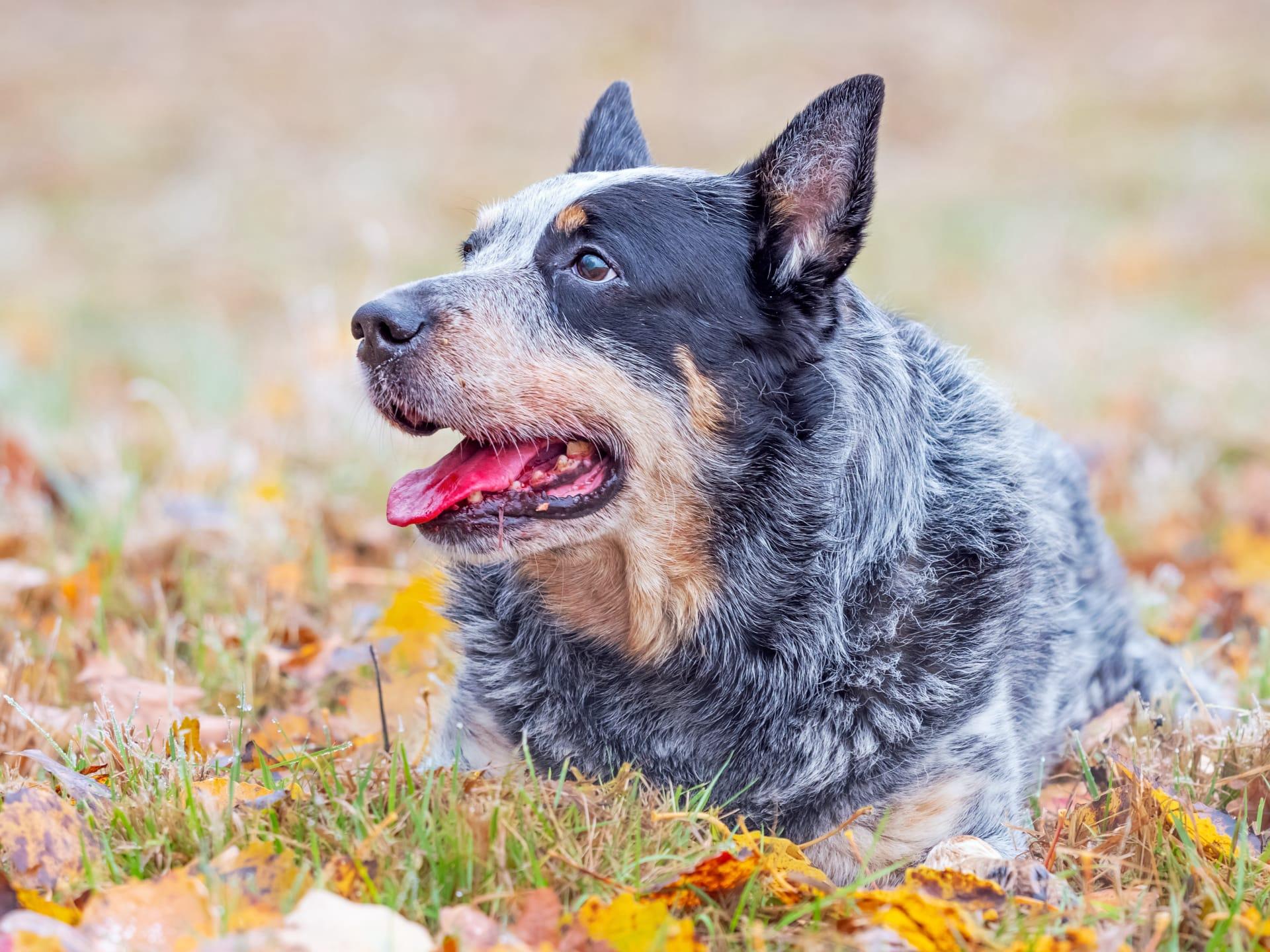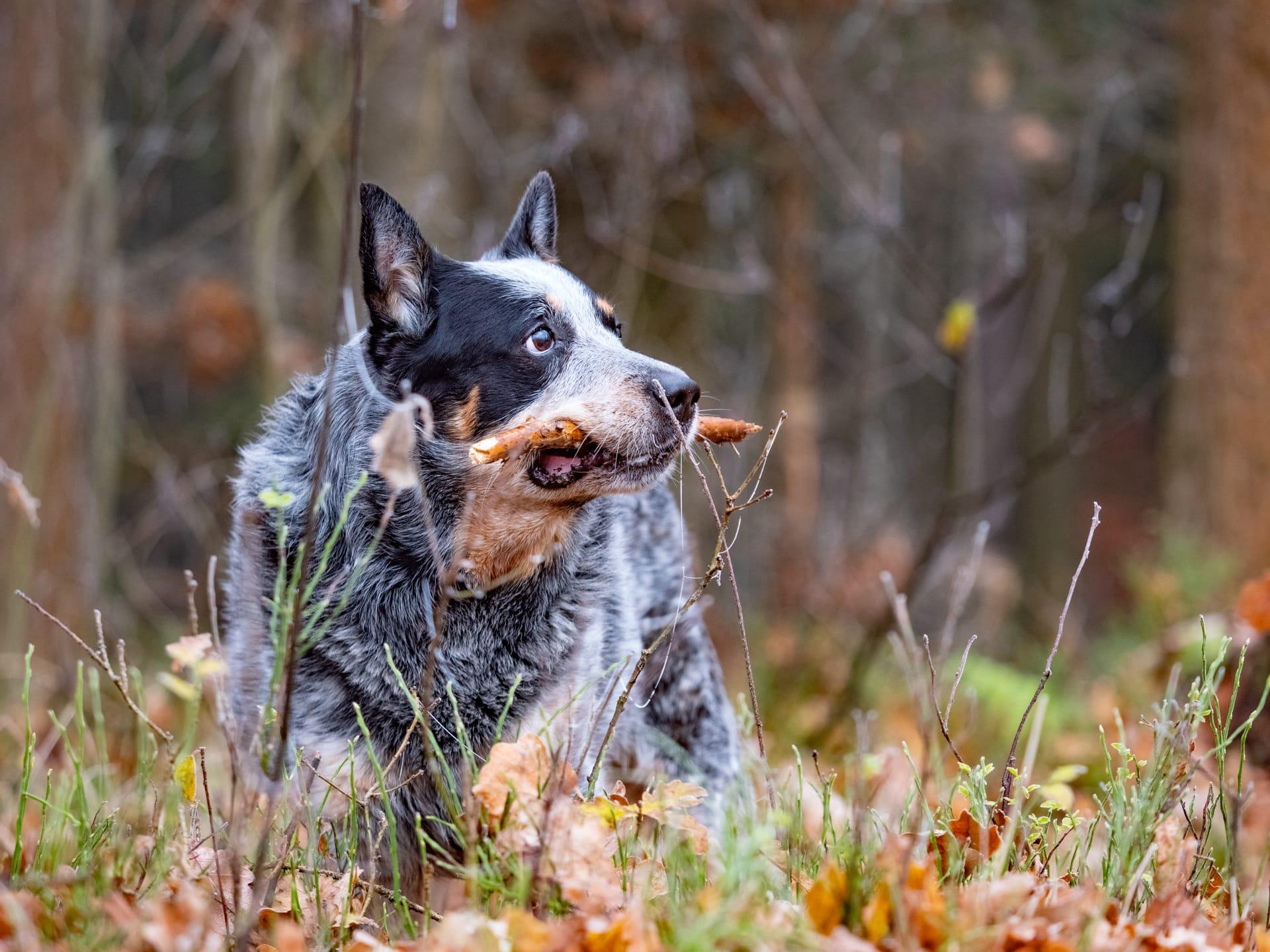Blue Heeler Dog Trivia
- Home /
- Trivia Question /
- Animal /
- Blue Heeler Dog Trivia
1
Question: What exactly is a Blue Heeler, and where does the breed come from?
Answer: The Blue Heeler, officially known as the Australian Cattle Dog, is a robust, hardworking breed developed in Australia for herding cattle over long distances across rough terrain. This breed emerged in the 19th century when Australian ranchers bred native Dingoes with imported dogs like Collies and Dalmatians, aiming for a dog that could handle the harsh Australian environment. Blue Heelers are known for their intelligence, agility, and loyalty. They sport a unique blue-speckled or blue-mottled coat, which gives them their name, and typically weigh between 35 to 50 pounds (15.9 to 22.7 kilograms) and stand about 17 to 20 inches (43 to 51 centimeters) tall at the shoulder.
Question: How do Blue Heelers get their distinctive coat colors, and what variations exist?
Answer: Blue Heelers possess a coat that results from a genetic trait known as ticking, which creates the speckled or mottled patterns in their fur. This coat can range from blue, blue mottled, to blue speckled, with or without black, blue, or tan markings on the head. The breed's coat color variations are primarily due to the mix of their genetic background, including the influence of the Dingo, Collie, and Dalmatian genes. Some Blue Heelers may also exhibit red speckles, leading to the name "Red Heeler." The breed's double coat is weather-resistant, consisting of a dense undercoat and a short, straight outer coat, helping them adapt to various climates.

2
Question: Is it true that Blue Heelers are aggressive dogs?
Answer: This is a common misconception. While Blue Heelers are highly energetic and protective, they are not inherently aggressive. Their herding instinct can lead to nipping at people's heels, mimicking how they herd cattle, which is often mistaken for aggression. Proper socialization, training, and regular mental and physical exercise can help manage these behaviors, making them loyal and protective companions rather than aggressive pets. Blue Heelers have a strong desire to work and please their owners, which, if channeled correctly, can lead to positive behaviors.
Question: Can Blue Heelers adapt to living in apartments?
Answer: Blue Heelers are active and energetic dogs that thrive on having a job to do and ample space to run. While it is possible for them to adapt to apartment living, it requires a significant commitment from the owner to ensure they receive enough physical exercise and mental stimulation. Daily vigorous exercise, such as long walks, runs, or play sessions in a spacious area, is essential. Without this, they may develop destructive behaviors due to boredom or excess energy. Ideally, they suit homes with large yards or access to open spaces where they can expend their energy.

3
Question: How long do Blue Heelers typically live, and what are their common health issues?
Answer: Blue Heelers are known for their longevity, typically living between 12 to 15 years. They are a hardy breed, but like all dogs, they can be prone to specific health issues. Common health concerns include hip dysplasia, progressive retinal atrophy (PRA), and deafness. Regular veterinary check-ups, a healthy diet, and plenty of exercise can help mitigate these risks and contribute to a long, healthy life for a Blue Heeler.
Question: Are Blue Heelers easy to train?
Answer: Blue Heelers are highly intelligent and eager to please, making them relatively easy to train compared to many other breeds. They excel in obedience, agility, and herding activities, thanks to their sharp minds and strong work ethic. However, their intelligence means they can become bored with repetitive tasks, so training sessions should be kept engaging and challenging. Positive reinforcement techniques work best. Their strong-willed nature requires a consistent and firm, but gentle, training approach.

4
Question: What is the origin of the name "Blue Heeler"?
Answer: The name "Blue Heeler" refers to the breed's herding technique of nipping at cattle's heels, combined with their distinctive blue-tinted coat. The term "Heeler" comes from their method of herding cattle by biting at their feet, while "Blue" describes their common coat color. This name distinguishes them from their red counterparts, known as "Red Heelers," who perform the same herding tasks but have a red-speckled coat.
Question: How much exercise does a Blue Heeler need daily?
Answer: Blue Heelers require a substantial amount of daily exercise to remain healthy and happy. They were bred for herding and have high energy levels, so they thrive on being active. A Blue Heeler should have at least 1 to 2 hours of physical activity each day, including walks, runs, and play sessions. They also benefit from mental stimulation, such as training exercises or puzzle toys, to keep their minds sharp and prevent boredom.

5
Question: Can Blue Heelers work as service or therapy dogs?
Answer: Yes, Blue Heelers can be trained as service or therapy dogs, thanks to their intelligence, trainability, and loyal nature. They excel in roles that require problem-solving and active engagement. However, their strong herding instinct and energetic disposition mean they need a specific type of training to excel in these roles. With the right training, they can provide support in areas like mobility assistance, therapeutic visitations, and emotional support.
Question: What is the best diet for a Blue Heeler?
Answer: The best diet for a Blue Heeler is one that is high in protein and fat, tailored to their high energy levels and nutritional needs. Quality commercial dog food that meets the nutritional standards for active breeds is a good start. Some owners choose to supplement with fresh, whole foods like meats, vegetables, and grains in consultation with a vet. It's important to monitor their food intake and adjust portions as necessary to prevent obesity, especially if their exercise levels decrease. Fresh water should always be available, and treats should be given in moderation as part of a balanced diet.